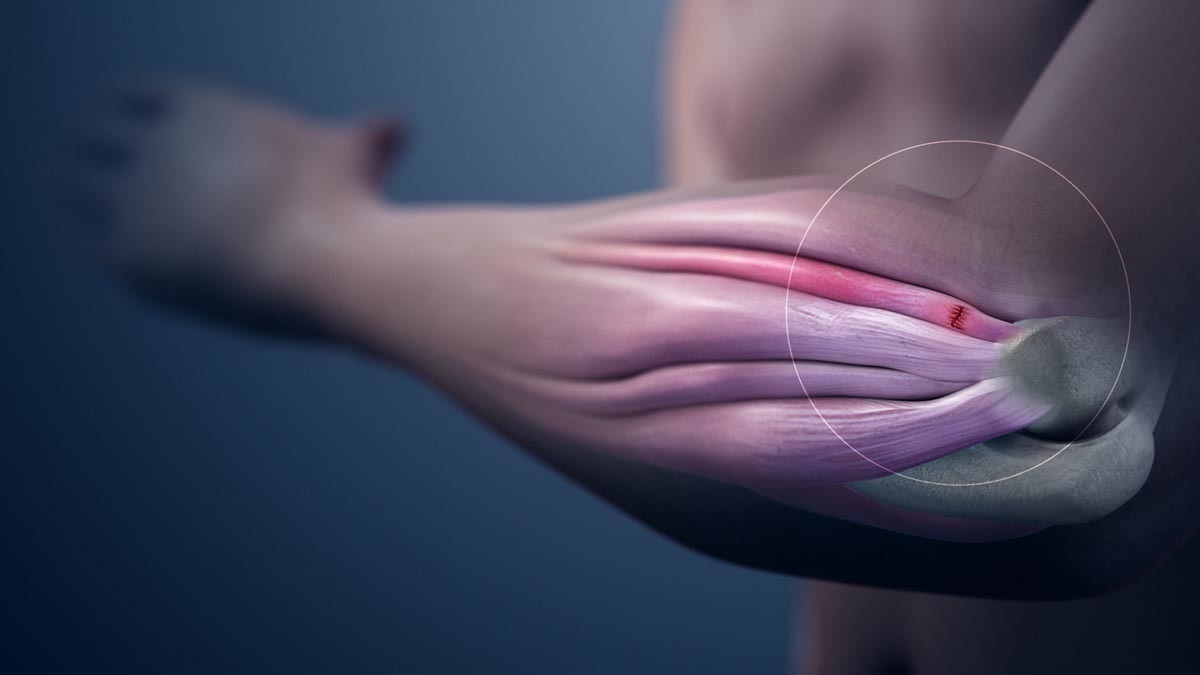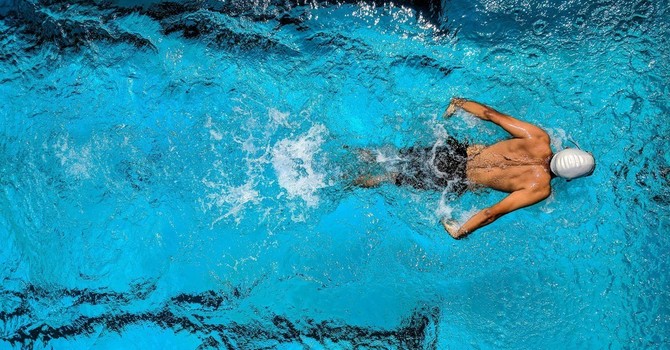
How Chiropractic Helps Tendonitis
Tendinitis is a condition that occurs when a tendon that connects bone to muscle is injured, overused, or used improperly. The result is inflammation, pain and sometimes swelling. In the case of an injury where the tendon is stressed or otherwise injured, soft tissue around the area may also become involved. Each year more than 4 million people in the U.S. seek medical treatment for symptoms of tendinitis.
Common types of tendonitis include runner’s knee, tennis elbow, and rotator cuff injuries to the shoulder. However, other tendons in the body can also experience tendonitis symptoms. The Achilles tendon, ankle, wrist, and even fingers can all become inflamed from the condition.
Importantly tendon injuries are often due to repetitive strain. Tendons connect muscles and bones together and in many cases, there is a significant amount of tension put on the tendon. This can eventually lead to small microscopic tears in the tendon and ultimately pain and loss of function.
When these injuries are acute there is often pain and swelling associated around the involved area, this acute injury is called tendinitis (the ITIS at the end tells you there is acute inflammation). In more chronic cases these injuries are called tendinosis (the OSIS tells you it is a chronic injury with less acute inflammation). It is important to distinguish between and ITIS and an OSIS because the treatment and expectations for recovery are different. With tendinitis, anti-inflammatory measures are important as is limiting painful activities. Treatment is directed to speeding healing and regaining function as soon as possible. In tendinosis or more chronic injury, anti-inflammatory measures are less helpful. Treatment is directed at increasing blood flow to the injured tendon to 'jump-start healing' This is done with specialized soft tissue treatments and with advanced treatments such as shockwave therapy. Also, there is less activity limiting when treating tendiniosis and more activity modification. Generally, graded exposure to activity is good in cases of tendinosis
Thorough Healing
Tendinitis often recurs in many people. This is due, at least in part to improper or incomplete healing. Many people will resume normal activities as soon as the pain subsides when they should continue caring for the injury so that it can heal completely. This leads to inflammation of the area again as the original injury is aggravated, but it can also lead to re-injury in that same area. Chiropractic care can help tendinitis heal completely and help prevent re-injury to the area. As noted above incomplete healing of acute tendon injuries can lead to tendinosis which is a more complicated condition that can take a good while to get better.
Chiropractic Treatment for Tendinitis
Since tendonitis symptoms can mimic other serious conditions, the first step in treatment is confirming the diagnosis. Along with a complete history and examination, your chiropractor may use X-rays, or other advanced images to help confirm the diagnosis and to rule out other conditions that may be causing your discomfort.
From there, the chiropractor will work with you to develop a treatment plan that is safe and effective, tailored to your unique needs. At the core of this treatment is a targeted plan that treats the cause of the problem, not just the symptoms.
If there is a great deal of inflammation when the injury is acute your chiropractor may use inflammation-reducing techniques such as bracing, rest, ice, activity modification electrical muscle stimulation, and other therapies. This can help control the inflammation and lessen the chance that your acute injury (tendinITIS) will progress to a more chronic situation (tendonOSIS).
Once the inflammation is under control, the chiropractor may begin soft tissue treatments, specific activity recommendations, joint adjustments, and strengthening exercises.
Length of Treatment
The initial pain may subside or even disappear within the first two to three weeks. However, that does not mean that the patient is out of the woods. This is where many patients go wrong. They mistakenly believe that once the pain is gone the condition is healed.
This is not true. While the inflammation may indeed decrease over the first few weeks, the complete healing takes longer. Scar tissue is formed during this time which helps the body repair the injury. Once the injury is repaired though, that scar tissue must be broken down in order for the area to regain its mobility and flexibility.
Your chiropractor will use various techniques including soft tissue treatments, or shockwave to break down the scar tissue. Mild stretches may be incorporated into the treatment plan. Once the tissues are fully healed, exercise can aid in strengthening the area to not only provide better function but to increase the resistance of the tissue to prevent future recurrence of the condition.
Healing Tendonitis for Good
Tendinitis can be healed completely and chiropractic can help. Chiropractors take a whole-body approach that will help the healing process of tendonitis. Once treatment is complete, the patient can usually return to normal activities without increasing the risk of re-injury or re-inflammation.





